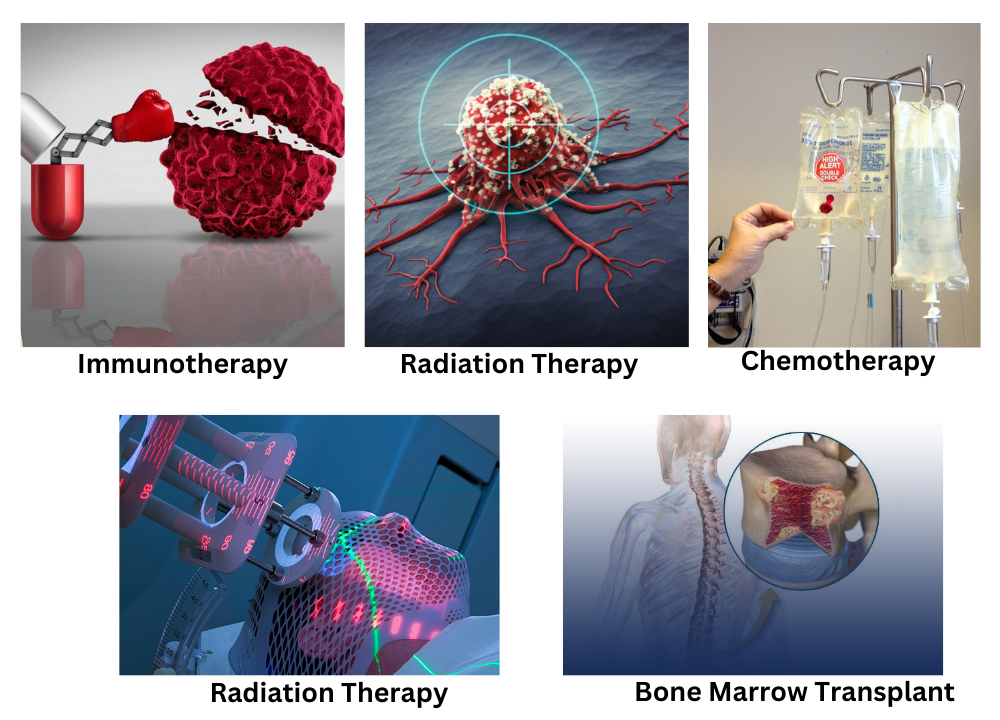From conventional chemotherapy to advanced targeted therapies, there are numerous options to consider. Staying informed about the latest advancements can empower you to navigate your treatment journey confidently.
Understanding Multiple Myeloma: An Overview
Multiple myeloma is a complex and relatively rare type of blood cancer originating from plasma cells. Plasma cells are a kind of white blood cell found primarily in bone marrow, responsible for producing antibodies that help the body fight infections. In multiple myeloma, malignant plasma cells proliferate uncontrollably, crowding out healthy blood cells and leading to a host of complications. These complications can range from anaemia and frequent infections to kidney dysfunction and bone damage due to abnormal bone remodelling.

This type of cancer is characterized by the production of monoclonal proteins, also known as M-proteins, which can be detected in blood or urine tests and are crucial for diagnosis. Often, patients may not show symptoms early on, or they might present with vague symptoms like bone pain or fatigue, making early detection a challenge. Understanding the mechanisms and progression of multiple myeloma is vital for effective treatment planning and improving the quality of life for those affected by this multifaceted disease.
Standard Treatment Approaches
When it comes to treating multiple myeloma, the goal is to control the disease, relieve symptoms, and improve quality of life. Treatment plans are highly individualized, often involving a combination of therapies tailored to each patient's specific condition and needs. Understanding the various standard treatments available can help you make informed decisions and actively participate in your care plan.
Here are some of the standard treatment options frequently used for multiple myeloma:
- Corticosteroids: These are often prescribed due to their effectiveness in reducing inflammation and slowing down the growth of myeloma cells.
- Melphalan: A chemotherapy agent that interferes with the DNA replication in myeloma cells, thereby inhibiting their growth and spreading.
- VAD regimen: A combination therapy including Vincristine, Adriamycin, and Dexamethasone, aimed at attacking myeloma cells more aggressively.
- Autologous Stem Cell Transplant (ASCT): A procedure where a patient's own stem cells are harvested, treated, and then reinfused to restore healthy bone marrow after intensive chemotherapy.
- Immunotherapy: Emerging treatments harnessing the body’s immune system to target and destroy myeloma cells.
Immunotherapy: Harnessing the Body's Defense
To tackle multiple myeloma, immunotherapy employs the body’s natural defenses by engaging the immune system in the fight against cancer cells. This approach includes the use of immunomodulators, biologics, and various other sophisticated methods to enhance the immune response. Immunomodulators like immune checkpoint inhibitors and monoclonal antibodies are designed to selectively target cancer cells, helping to reduce side effects compared to traditional treatments. By fine-tuning the immune response, these therapies can make the body more adept at identifying and attacking tumor cells.
There are several advantages to a strong immune system, particularly when battling multiple myeloma through immunotherapy:
- Increased ability to recognize and destroy cancer cells
- Reduction in the likelihood of infection due to enhanced overall immunity
- Lower risk of treatment-related side effects as the immune system targets specific cancer cells
- Improvement in overall health and quality of life during and after treatment
FAQs About Multiple Myeloma Treatment
What are the typical side effects of multiple myeloma treatment? Side effects can vary depending on the specific treatment but often include fatigue, nausea, and susceptibility to infections due to lowered immune function. Some therapies might cause peripheral neuropathy or gastrointestinal issues, which healthcare providers manage with supportive care and medication adjustments.

How long does multiple myeloma treatment usually last? The duration varies based on the treatment plan and the patient's response. Generally, initial treatments may take several months, followed by maintenance therapy that can last for years. This prolonged maintenance is designed to keep the disease under control and prevent relapse.
